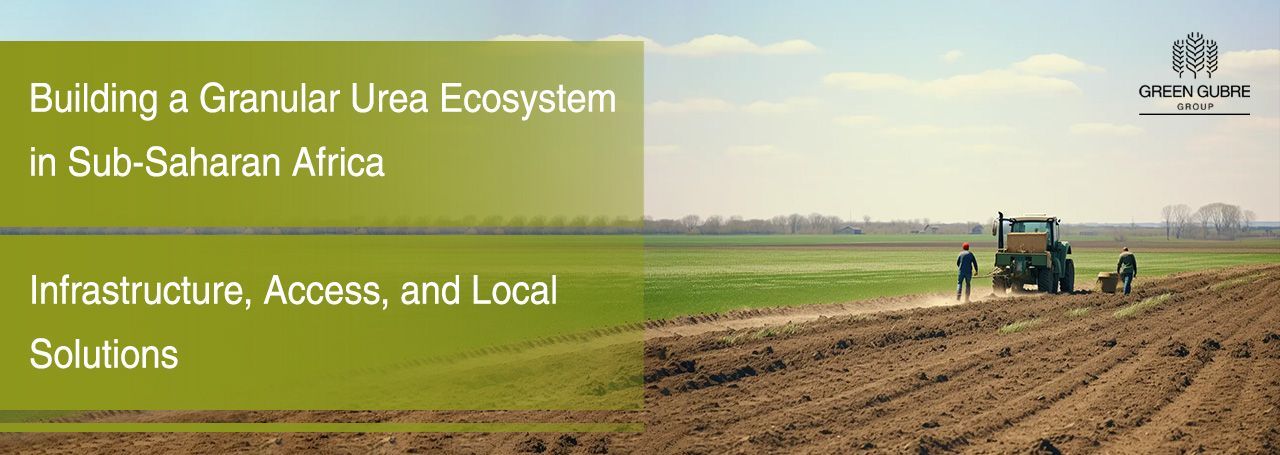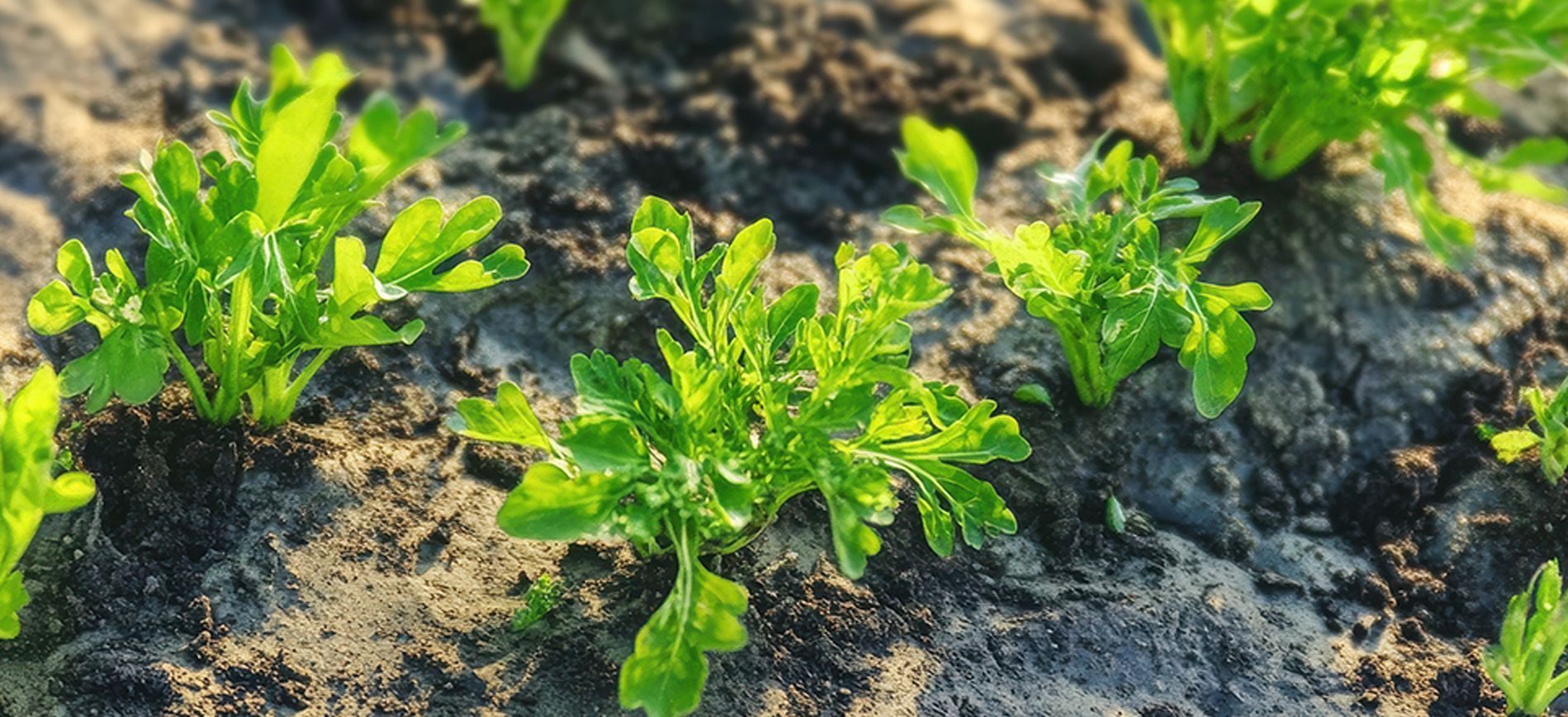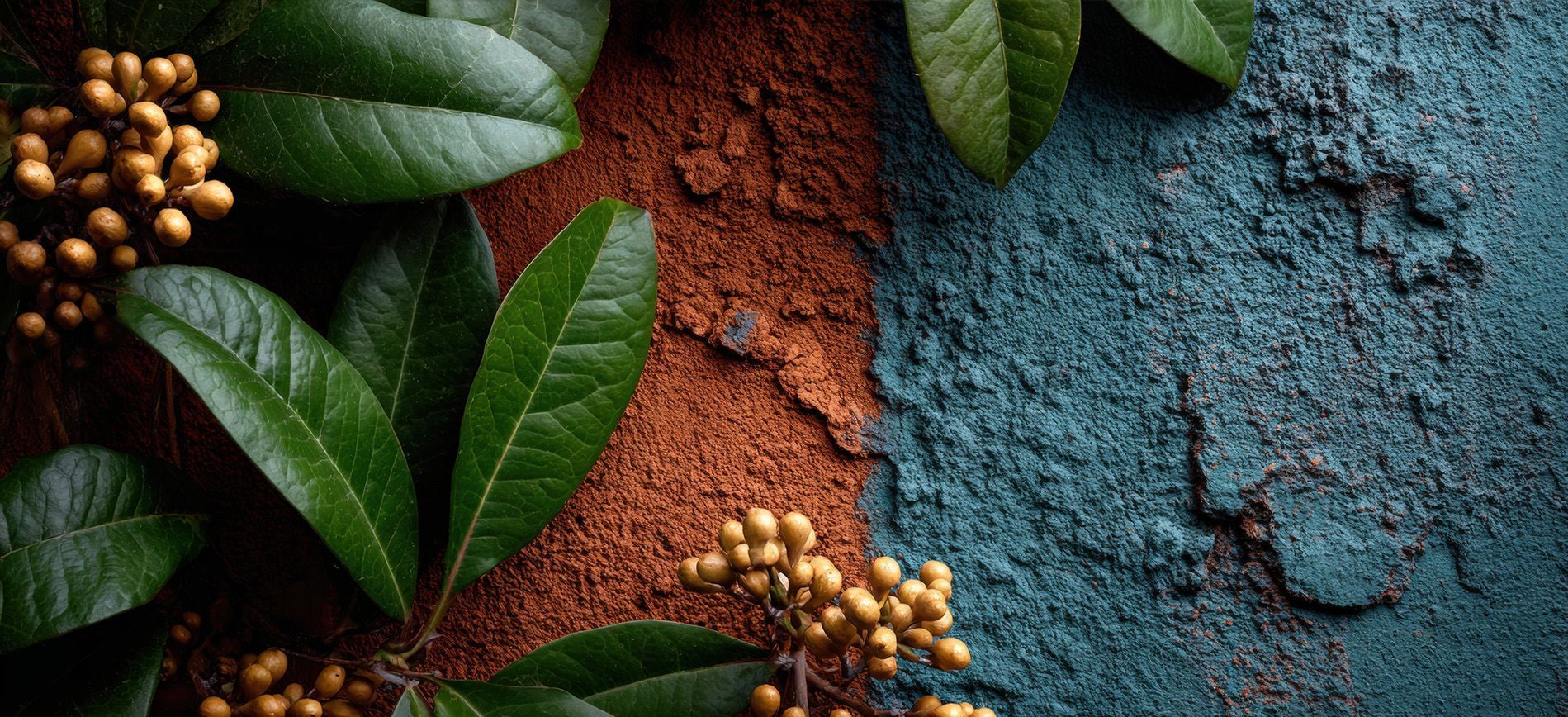Building a Granular Urea Ecosystem in Sub-Saharan Africa – Infrastructure, Access, and Local Solutions
Building a Granular Urea Ecosystem in Sub-Saharan Africa –Infrastructure, Access, and Local Solutions

Turning Urea Potential into Food Security Impact
Sub-Saharan Africa (SSA) is home to 60% of the world’s uncultivated arable land, yet it uses just 10% of global fertilizer volumes. Granular urea—an efficient nitrogen fertilizer with broad applicability across SSA’s major cereal and root crops—is among the most critical inputs for unlocking agricultural productivity. However, the road from the port to the farm remains lengthy and costly.
This blog outlines a strategy for transforming granular urea from an imported commodity into a locally accessible, climate-resilient agricultural solution by focusing on logistics, financing, and blending infrastructure across SSA.
1. Why Granular Urea is Ideal for Sub-Saharan Agriculture
Granular urea is more resistant to caking and environmental degradation than prilled forms. Its slow dissolution, ease of mechanized spreading, and lower nitrogen loss make it especially suitable for:
- Maize, millet, and sorghum (East and Southern Africa)
- Cassava and yam (West Africa)
- Horticultural crops in highland regions (e.g., Kenya, Rwanda)
Farmers benefit from more consistent yields, improved nitrogen use efficiency (NUE), and greater compatibility with conservation agriculture practices.
2. Port-to-Farm Challenge: Where Costs and Delays Accumulate
The average price paid by a smallholder farmer for granular urea in SSA is 2–3x the FOB price, due to:
- Port handling delays and low automation
- Inland freight tariffs (especially in landlocked countries)
- Packaging constraints (lack of smaller bags)
- Insufficient warehousing and distribution centers
Case Example: A 50kg bag of urea FOB in the Persian Gulf might cost 350 USD, but due to fragmented supply chains, it lands in rural Uganda or Malawi at over 700 USD.
3. What Needs to Change: Strategic Ecosystem Investments
To catalyze granular urea adoption, suppliers, governments, and development partners must prioritize three areas:
A. Inland Distribution Corridors
- Expand dry port facilities (e.g., Naivasha in Kenya, Mbeya in Tanzania)
- Use multimodal transport (rail-barge combinations)
- Integrate last-mile aggregator systems for cooperative-level drop-offs
B. Local Bagging and Smart Packaging
- Co-locate bulk-import bagging units near high-demand zones (e.g., Kano, Lusaka)
- Provide 10kg and 25kg pack sizes to improve farmer affordability
- Use humidity-resistant, recyclable materials for better shelf life
C. Financing and Microcredit Access
- Partner with fintech startups to offer “buy-now-pay-later” models for inputs
- Bundle urea with insurance and advisory services via mobile platforms
- Promote cooperative-based pooled procurement for better pricing
4. Partnering with Blending Facilities and Local Innovators
While granular urea is typically a single-nutrient fertilizer, blending it with phosphorus, potassium, or micronutrients can better match regional soil profiles. In SSA, forward-looking governments and agribusinesses are enabling this through:
- PPP-run blending plants in Ethiopia, Nigeria, and Zambia
- Custom NPK+urea programs in Malawi and Mozambique
- R&D partnerships to enhance urea with urease inhibitors or sulfur
These innovations help granular urea become site-specific, climate-adaptive, and more efficient per ton applied.
5. Country-Level Opportunities for Market Entry
Granular urea suppliers looking to expand in SSA should monitor:
| Country | Opportunity |
|---|---|
| Nigeria | New rail routes to northern markets; Presidential Fertilizer Initiative support |
| Kenya | E-subsidy rollout; Naivasha Inland Dry Port warehouse capacity |
| Ghana | Strong demand via the Planting for Food and Jobs (PFJ) program |
| Ethiopia | Government-led fertilizer self-sufficiency initiative |
| Zambia | Significant demand from maize and tobacco growers; active blending capacity |
Conclusion: The Next Urea Breakthrough Won’t Be in Labs—It’ll Be in Logistics
Granular urea is not just a product—it’s a system enabler. Its potential is amplified when embedded in local ecosystems of transport, finance, storage, and farmer education. For SSA to achieve food security and yield gains, the fertilizer sector must think beyond shipment and toward service delivery.




